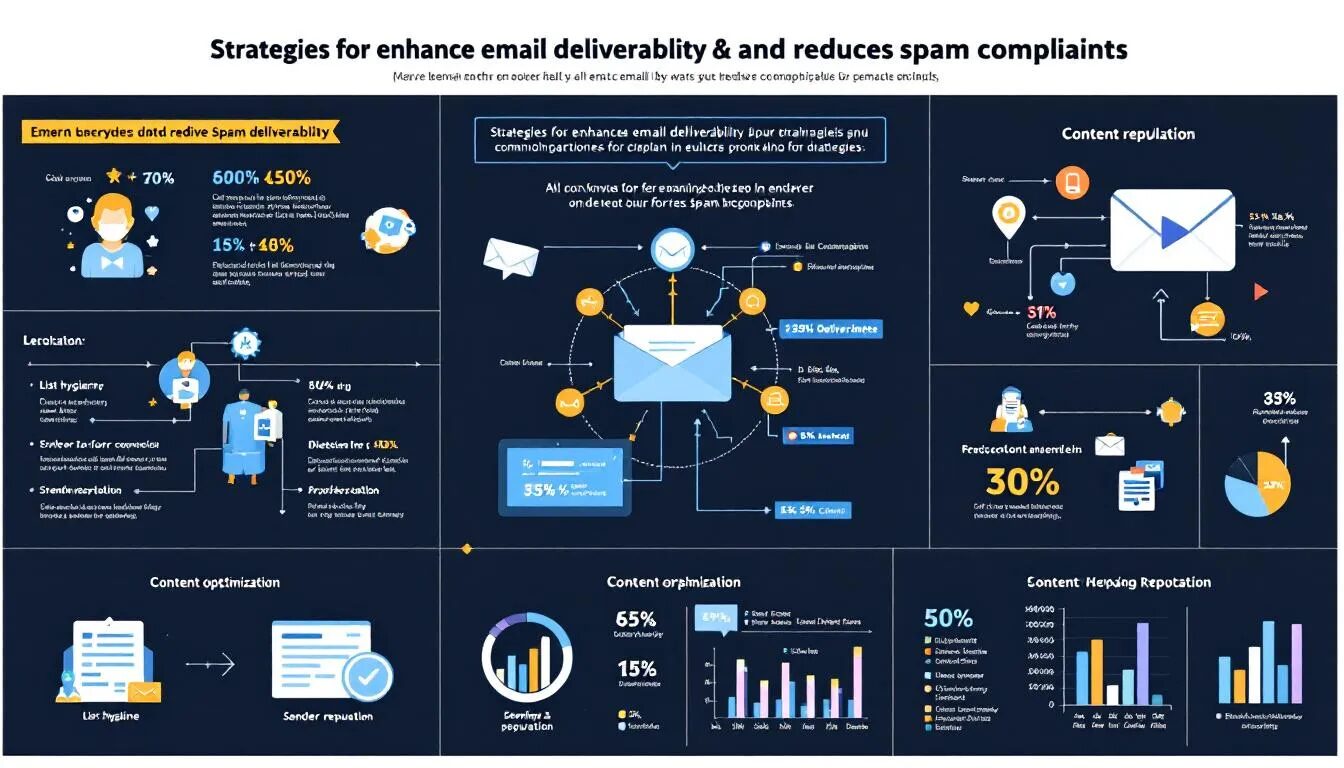
Customer Satisfaction is Not Dead
According to Wikipedia, customer satisfaction, a term frequently used in marketing, is a “measure of how products and services supplied by a company meet or surpass customer expectations.”
If you have any kind of business involving customers (both internal and external), you need to be concerned and actively managing your customer satisfaction. Today, with social media and the internet at our finger tips, consumers are just a few keystrokes and clicks away from airing their grievances or praise to the world. Consumers are now in the driver’s seat when it comes to your company’s reputation, so you need to remember that in all interactions.
I recently attended one of our VerticalResponse marketing webinars with Andy Sernovitz from WordofMouth.org. Andy talked about how a number of companies are garnering amazing word of mouth by serving their customers in extraordinary ways – take Zappos for example. Zappos consistently achieves customer satisfaction scores in the 90s – yes, the 90s. That’s a whole lot of love for shoes – but that’s the funny part – It’s not just about the shoes, in fact, it’s exactly what it should be about: the customer.
Back in 2003, Zappos figured out a key obstacle to customer satisfaction: Drop shipping. Sexy right? Not so much, but even though it accounted for 25% of their revenue, it was inhibiting their customers from being fully satisfied. So Zappos, literally, dropped their third party drop shipping vendor and began to control the entire customer experience themselves. According to Brian Solis, “almost immediately, the team noticed a difference. Customers weren’t the only people singing Zappos’ praises. Employees were more engaged and passionate as a result. The new focus gave representatives something they could stand behind. Customers could hear the passion of the person on the other end of the phone. They cared. Vendors noticed too; their onsite visits would increase in frequency and length to see what the new Zappos was all about. Focusing on customer service caused a snowball effect that helped Zappos soar to new heights. At the end of 2003, Zappos nearly doubled its revenues to $70 million. By 2004, the company earned $184 million.”
Wowza! That’s some smokin’ satisfaction resulting in a win-win-win for the customer, the company and the employees.
Another successful customer satisfaction example is the grocery store, Trader Joe’s. I shop at Trader Joe’s every week and love the value, the shopping experience and the service. Apparently, I’m not alone. Trader Joe’s has a fan page on Facebook with 492,082 likes.
According to Fast Company, “at Trader Joe’s, listening to customers — and their valued feedback — is not about a carefully calibrated contact center or extensive customer research. Rather, it’s about something much more simple, and simply human: a conversation among the customer and the “captains” and “crew members,” as its Hawaiian-shirt-clad managers and employees are called. ‘We feel really close to our customers,’ says Audrey Dumper, vice-president of marketing for Trader Joe’s East. ‘When we want to know what’s on their minds, we don’t need to put them in a sterile room with a swinging bulb.’
By empowering their employees, Trader Joe’s keeps customer satisfaction high. Want to sample a product? No problem. Employees are allowed to open any product. And, they’ll willingly give you recommendations. On a recent visit, I not only got a recommendation on some great steak, but step-by-step directions on how to prepare it. And, if you don’t see something you want, let a TJ’s employee know because any employee can email buyers with ideas and feedback. How cool is that?
At VerticalResponse, we send out a monthly customer satisfaction survey consisting of one question: How likely are you to recommend VerticalResponse? We send it to all our active customers. We get very valuable feedback on what is working and what’s not. We meet as a group with a representative from each department, discuss what we’re hearing, how to remove obstacles, address any shortcomings, and how to do more of what people love! We also try to reach out to our advocates, as well as our detractors and let them know what we’ve heard, and what we are working on to keep improving their experience. Transparency goes a long way.
Take some time and reflect on your own organization and how you are (or aren’t) set up to satisfy your customers. What could be blocking or standing in the way of it? How empowered and invested in customer satisfaction are your employees?
© 2012 – 2018, Contributing Author. All rights reserved.



